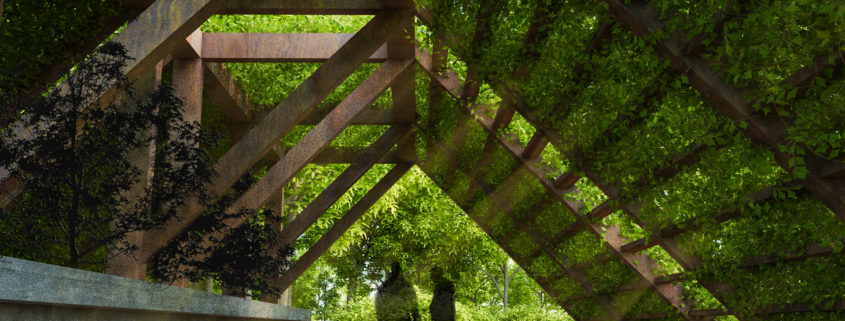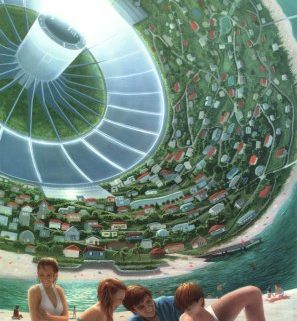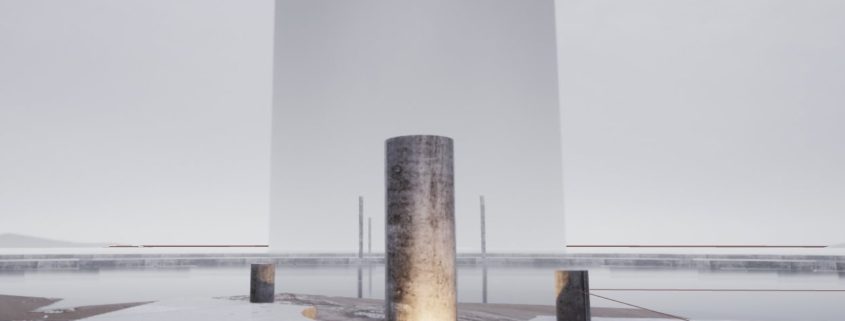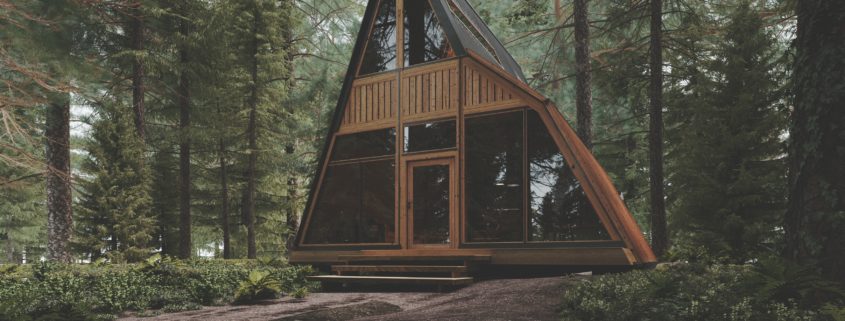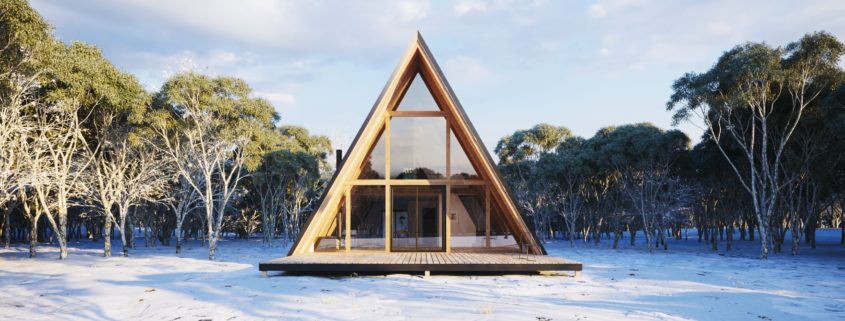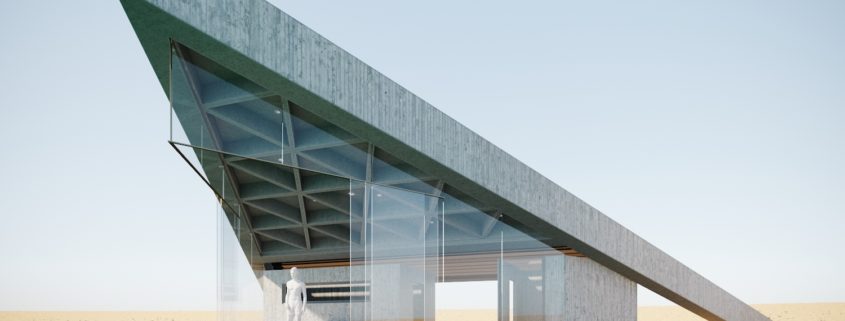Hi all! Finally I was able to take some time to think a bit about this challenge and what to work on. Since the theme is quite open, and it ask us to create a fully inmersive experience, pushing the boundaries…I started to think about how to create an environment in which you would be abolutely inmersed, and the space settlements concepts started to came up.
We have seen these kind of imaginary settlements in sci fi movies and books such as interstellar: a human creation that replicates a natural environment in a torus, sphere or cilinder flying in the outer space. In Westworld, entire villages, canyons and valleys are created to allow visitors to live an inmersive experience in which every aspect of that world is engineered.
I am still figuring out what kind of landscape I would like to show in the sphere, but the main idea is to create a Bernall sphere (https://en.wikipedia.org/wiki/Bernal_sphere) that is being used for holidays in a dystopic future: planet earth´s forest and natural environments have been replaced by industries and cities, and humankind has expanded to space colonies. Thanks to bio engineering it is possible to create natural environments contained into Bernal spheres, and the wealthy pay large sums to be able to go on holidays and enjoy a pristine beach with palms or a snowy peak, as their great-great grandparents did.
On the technical side, I will be using old pen and ink sketching, 3dsmax, Corona, Itoo Forest Pack, Photoshop, terrain creation tool to be defined and I look forward to make use of the megascans assets.












